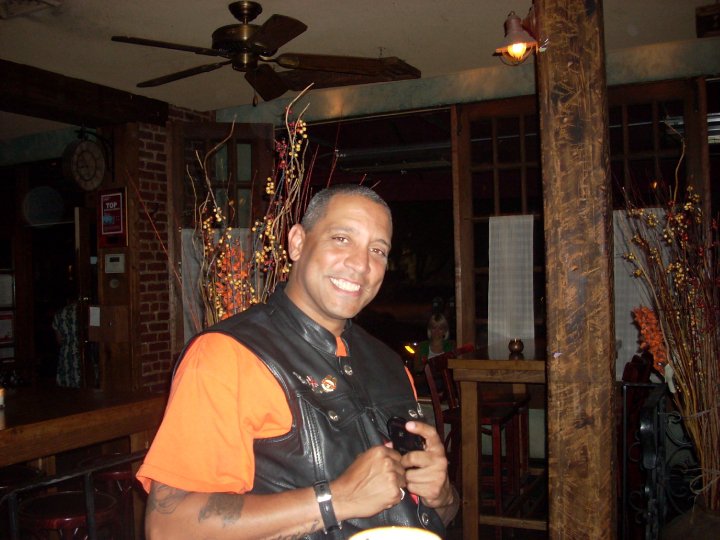The smell of fresh-cut grass. The sound of the ball hitting the mitt. The roar of the crowd as their favorite players round the bases. The World Series may have just wrapped up, but for many baseball aficionados, the sights and sounds of the national pastime will linger in their hearts just long enough to fill the gap until pitchers and catchers report in February. David Gonzalez is one of those souls. He has been living and loving baseball for as long as he can remember. Yet what the 43-year-old Dominican bartender and aspiring writer is most proud of is that he found a way to make it to the show — by running it — as an umpire.
The Academy
After having played from childhood through to semi-pro ball, and even coaching, Gonzalez started his training as an umpire nearly 10 years ago to see baseball “from a different point of view.” His dream took him to Florida, where he enrolled in the Jim Evans’ Academy of Professional Umpiring (before it closed this past year) leaving just two umpiring schools in the country. The five-week Major League Baseball approved course ran all day from Monday to Saturday, an experience he describes as “a mixture between going away to college and being in the military.”
Morning classroom study was followed by afternoon training in the field, preparing his colleagues to not just call balls and strikes but to know when and where to position themselves on the field during the game. “It’s not so much about knowing the rules. Anybody can read the rulebook. But what umpire school taught me is knowing where to go and where to be,” said Gonzalez. “If you don’t have a proper rotation with your partners, you are not going to be in proper position to make the right call.”
If the academic and strategic components were not enough, Gonzalez learned that the position required him to be in tip-top mental and physical shape. To make those calls, everyone from fans to owners expect the people officiating the game to be as athletic as those playing it. Even calling balls and strikes behind the plate requires a tremendous amount of stamina and fearlessness. If you are seeing 300 pitches (150 pitches from each side) that’s 300 split-second decisions being made over the course of a three to four hour game. So how does he do it? “The main thing when you are calling balls and strikes is to track the ball,” Gonzalez said. “To watch the ball go into the glove, to have good head height, to not move your head, to keep your eyes open and not flinch.”

